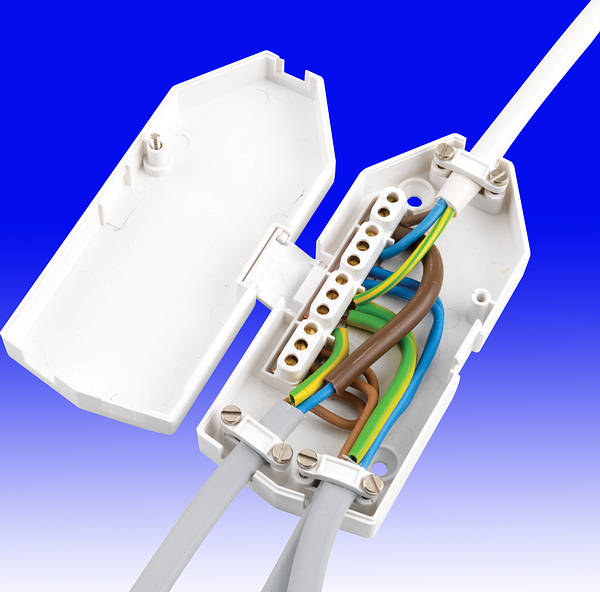Hello,
Im a complete newbie to electrical work so bare with me. Im going to replace a rose fixing with a new light. The rose fixing is downstairs and there are four lights downstairs altogether. I have done my research so I now know what each of the many wires in the rose fixing are for and how to wire them up in the new light.
I need to connect the three red cables together using a terminal block but which rating is the best to use? I was thinking of 5A is this enough?
I know this is a really basic question for you guys, but I just want to make sure I do it right.
Many Thanks,
Glyn
Im a complete newbie to electrical work so bare with me. Im going to replace a rose fixing with a new light. The rose fixing is downstairs and there are four lights downstairs altogether. I have done my research so I now know what each of the many wires in the rose fixing are for and how to wire them up in the new light.
I need to connect the three red cables together using a terminal block but which rating is the best to use? I was thinking of 5A is this enough?
I know this is a really basic question for you guys, but I just want to make sure I do it right.
Many Thanks,
Glyn



